How did kirtan, Bhakti-yoga, Bhagavad-gita, Krishna Temples, and the whole Bhakti tradition come to the western world?
What was the inspiration to transplant this ancient tradition into countries and communities outside India?
The Bhakti movement, as we know it started with the desire to fulfill a prophecy of a divine renunciant from 500 years ago. The mission started in the heart of one man….
Kedar Natha Datta
Born in 1838, to a wealthy family in Bengal India, Kedar Natha Datta, in his youth, excelled in English journalism, philosophy, and Indian culture.
In his 20s, Kedar Natha accepted work in the government, eventually climbing the ranks to a seat on the bench as a district magistrate.
In his 30s Kedar Natha read the biography of Sri Chaitanya, a divine renunciant who promoted a version of Bhakti yoga, or devotion to God, for all casts and ethnicities. Kedar Natha deeply studied the life and teachings of Chaitanya, and after reading the Srimad Bhagavatam, a summary study of the Vedas, he accepted the principles and practices of Bhakti, generally known as Vaishnavism.
With great enthusiasm, he started publishing a local newspaper dedicated to the teachings of Chaitanya, called Sajjana Toshani.
In one edition of his newspaper he writes...
“When in England, France, Russia, Prussia, and America they take up drums and cymbals and chant the name of Shri Chaitanya Mahaprabhu again and again, in their own countries, and raise the waves of the singing of Krishna's names, when will that day come! Oh! When will the day come when the British people speak the glory of Chaitanya and with this call, spread their arms to embrace devotees from other countries in brotherhood, when will that day come! The day when they say ‘Oh, Brothers, oh Sisters! We have taken refuge at the feet of Chaitanya in an ocean of love, now kindly embrace with us,’ when will that day come!”
At 50 years of age Kedar Nath, now known as Bhaktivinode, moved his family to the birthplace of Chaitanya, in Navawipa, West Bengal. Here he started a printing press for Vaishnava literature and built a temple at the birthplace of Chaitanya.
After retiring from his magistrate duties, Bhaktivinode, who was publishing dozens of books, magazines, and newspapers, had a yearning to expand Bhakti outside of India.
500 years ago, Chaitanya prophesied that the chanting of Krishna’s names would spread all over the world. But up to that point, in Bhaktivinodes life, Chaitanya Bhakti was exclusive to India.
After many prophetic dreams in 1897, at 60 years of age, Bhaktivinode wrote a 70 page booklet in English called, “Sri Chaitanya, his life and teachings”, and sent it to McGill University in Canada.
At that time Emerson, Thoreau, and many academics were yearning for eastern wisdom. This book spread through academic circles, to many universities throughout the world and was reviewed in the Journal of the Royal Asiatic Society of London.
Bhaktivinode left this world in 1914, at the age of 76. He published over 100 books in English, Bengali and Sanskrit and encouraged his son Bhaktisiddhanta to go to western countries and bring Chaitanya’s teachings to the English-speaking world.
In 1933, from the dying wish of his mother, Bhaktisiddhanta sent a few of his scholarly followers to London and Germany and started the Gaudiya Mission, whose purpose what to promote Chaitanya Bhakti.
Yet after considerable financial investments, the success of the Gaudiya Mission remained limited to just a few people.
In 1967 A humble disciple of Bhaktisiddhanta continued the mission, started by Bhaktivinode, of bringing the message of Chaitanya to the west. Srila Prabhupada’s books and mission spread throughout all countries of the world as the Hare Krishna movement and the vision of Chaitanya, Bhaktivinode, and Bhatisidanta, where people of all ethnicities, sing in devotion together, came true.
Many scholars say that the publication of “Sri Chaitanya, his life and precepts”, was the first true push to bring Chaitanya Bhakti outside of India.
Within the first 25 pages of this little booklet, the life of Chaitanya is perfectly summarized, and in the remaining 40 pages is an excellent distillation of the universal, non-sectarian teachings of Chaitanya’s Bhakti philosophy.
I have added a link to the complete book for you to download and will read a few unedited excerpts from “Sri Chaitanya, his life and teachings”
The complete book - "Sri Chaitanya, his live and precepts"
Sri Chaitanya’s Teachings
Lord Chaitanya teaches us first that the rational attributes of people are not capable of approaching the divine sphere of spirit. He considers reason to be quite incompetent in such matter. However, He considers that the religious sentiment in man, even in a very small quantity, does have the power to comprehend spirit. Inspiration alone can give light to spiritual matters. Inspiration coming down from the higher realm through purified and blessed souls has been exhibited in the form of the Vedas.
According to Lord Chaitanya, the Vedas teach us nine principal doctrines:
Hari (the Almighty) is one without a second
He is always vested with infinite power
He is an ocean of rasa (sweetness)
The soul is His vibhinnangsha or separated part
Certain souls are engrossed by prakriti (not bhakti) or His illusory energy.
Certain souls are released from the grasp of prakriti.
All spiritual and material phenomena are the achintya-bhedabheda-prakash of Hari, the Almighty.
Bhakti is the only means of attaining the final objective existence.
Krishna–prema alone is the final object of spiritual existence.
Human ideas are either mental or spiritual. The mental idea is defective, as it has its relation to the created principle of matter. The spiritual idea is certainly the nearest approach to the Supreme Being.
Then again, the spiritual idea of Bhagavan is of two kinds.
In one kind, the person of the Almighty is overpowered by His majesty, and in the other,
His personal beauty overpowers all His majesty.
The first idea is represented in the great Narayana of Vaikuntha, who is the Lord of lords and God of gods. The second is represented in the all-beautiful Krishna with Radhika, who is the representative of His hladini or superior ecstatic energy.
Krishna appears as a man among men, yet is generally accepted as God above gods.
Krishna attracts, loves, and produces ecstasy in all souls. His qualities and personal paraphernalia are all purely spiritual, and have no relation to the material world. The material senses of man cannot approach Him.
Yet it is the spirit in man which can see Him directly and commune with Him.
The soul fettered in matter has, from its own degradation, lost its right to see Krishna and His spiritual lila in the spiritual world, but Krishna may, out of His own supreme power and prerogative, appear with all His Vrindavan lila before the eyes of all men. The rational man can hardly conceive of or believe in Krishna and His lila, but as man’s spiritual vision improves, he sees Krishna and loves Him with all his heart. This subject can hardly be explained fully and exhaustively.
We, therefore, leave this point to our readers with these words:
Give up the shackles of material life slowly.
Cultivate your spiritual consciousness internally.
Give up prejudices that you have acquired from the so-called rational thinkers who deny the existence of spirit.
Be humble and learn to respect those who work toward spiritual attainments.
Do this with your heart, mind, and strength in the company of Vaishnavas alone, and you will see Krishna in no time.
Krishna is not an imaginary being, nor have you a right to think that He is a material phenomenon fancied to be the Supreme Being by fools.
Krishna is not understood by the process of distinguishing the subjective from the objective, nor is He to be accepted as an imposition on the people set up by self-interested men.
Krishna is eternal, spiritually true, reflected on the human soul relieved of all attachment to dull matter, and is the subject of love which proceeds from the soul.
Accept Him as such, and you will see Him with your soul’s eyes.
Thank you friends for supporting this podcast. Please subscribe and share this with your social media, and again excuse any mistakes in this humble endeavor, I am grateful and thankful for you!

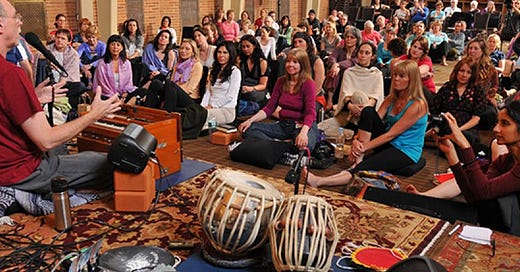




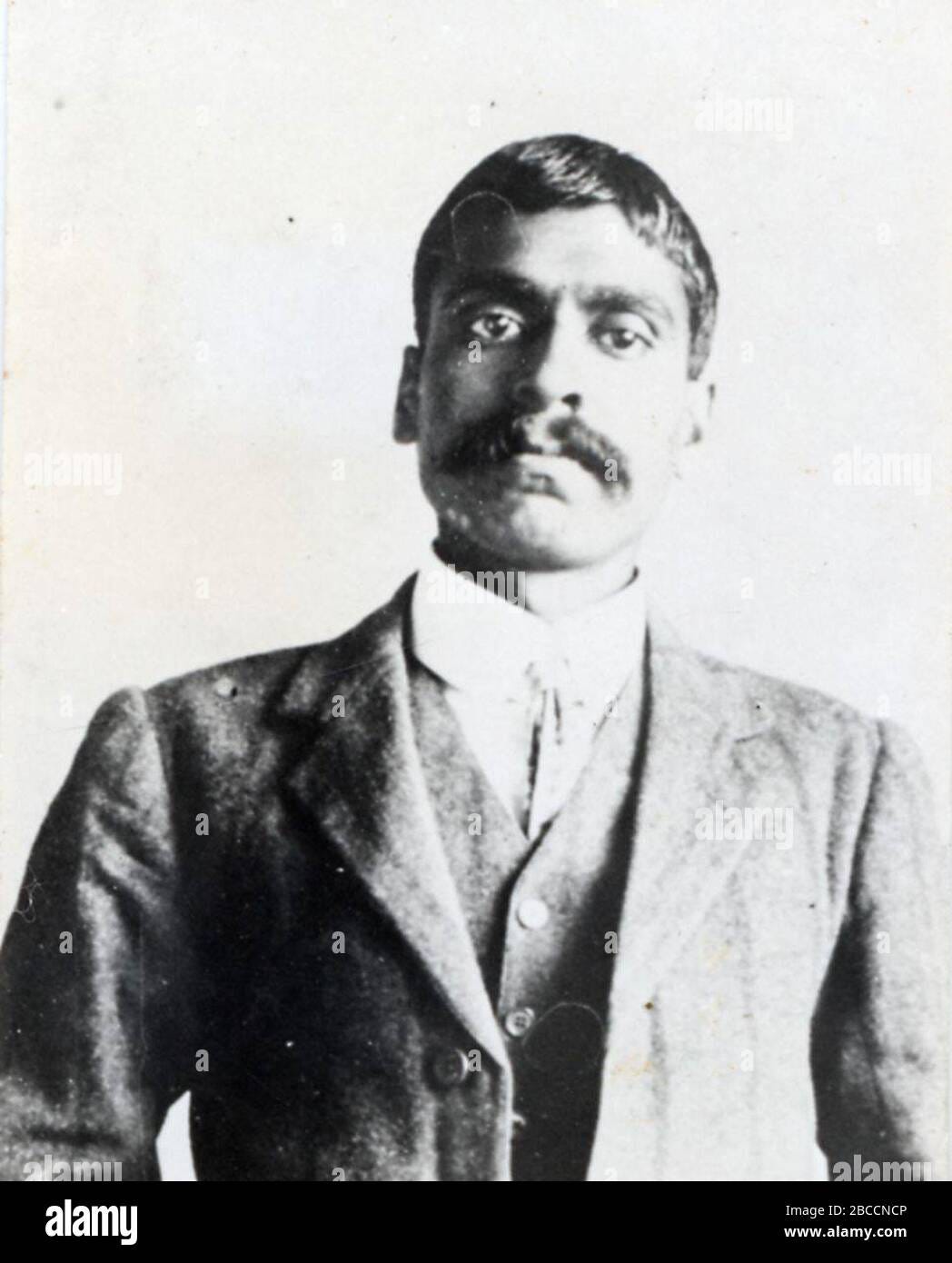
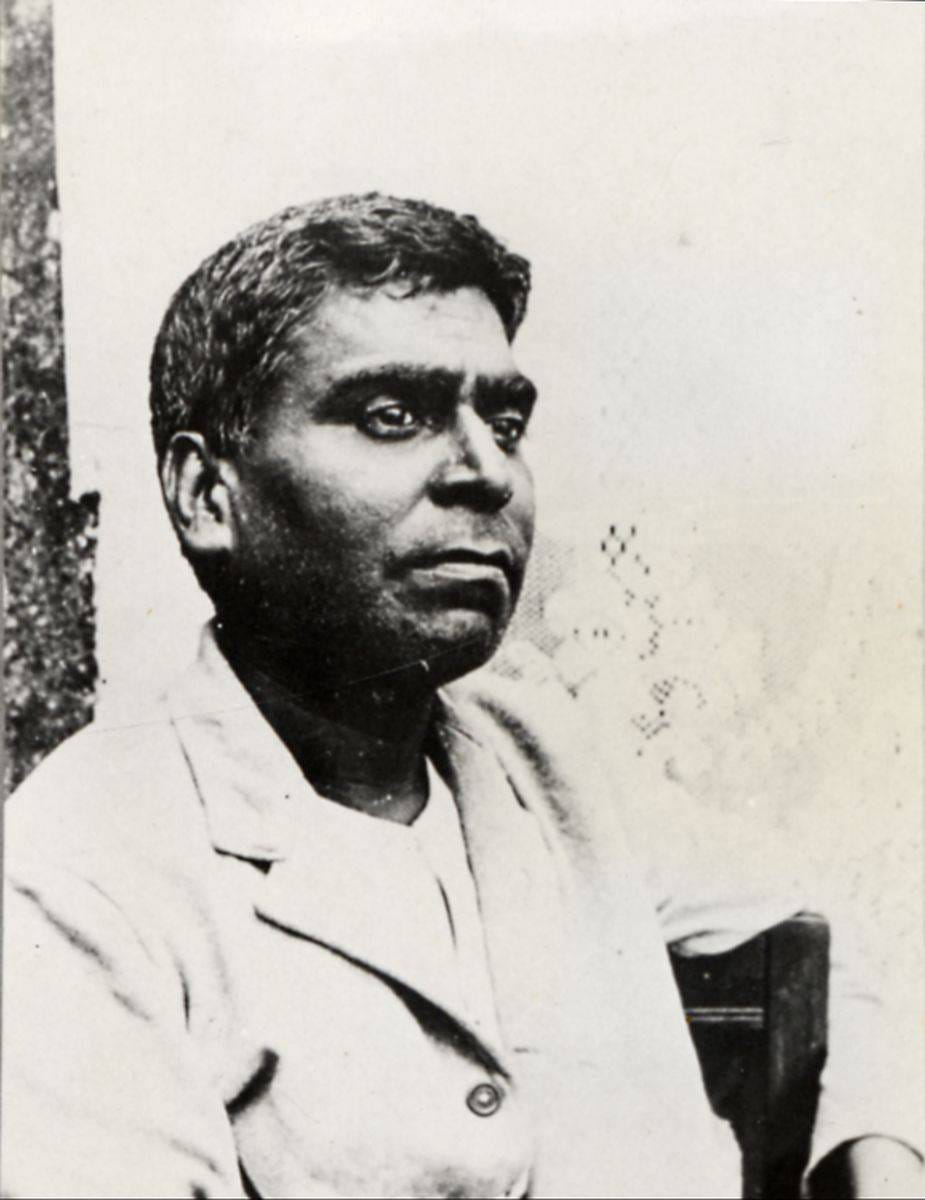
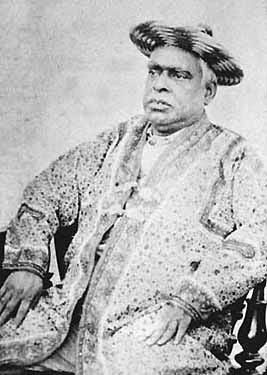
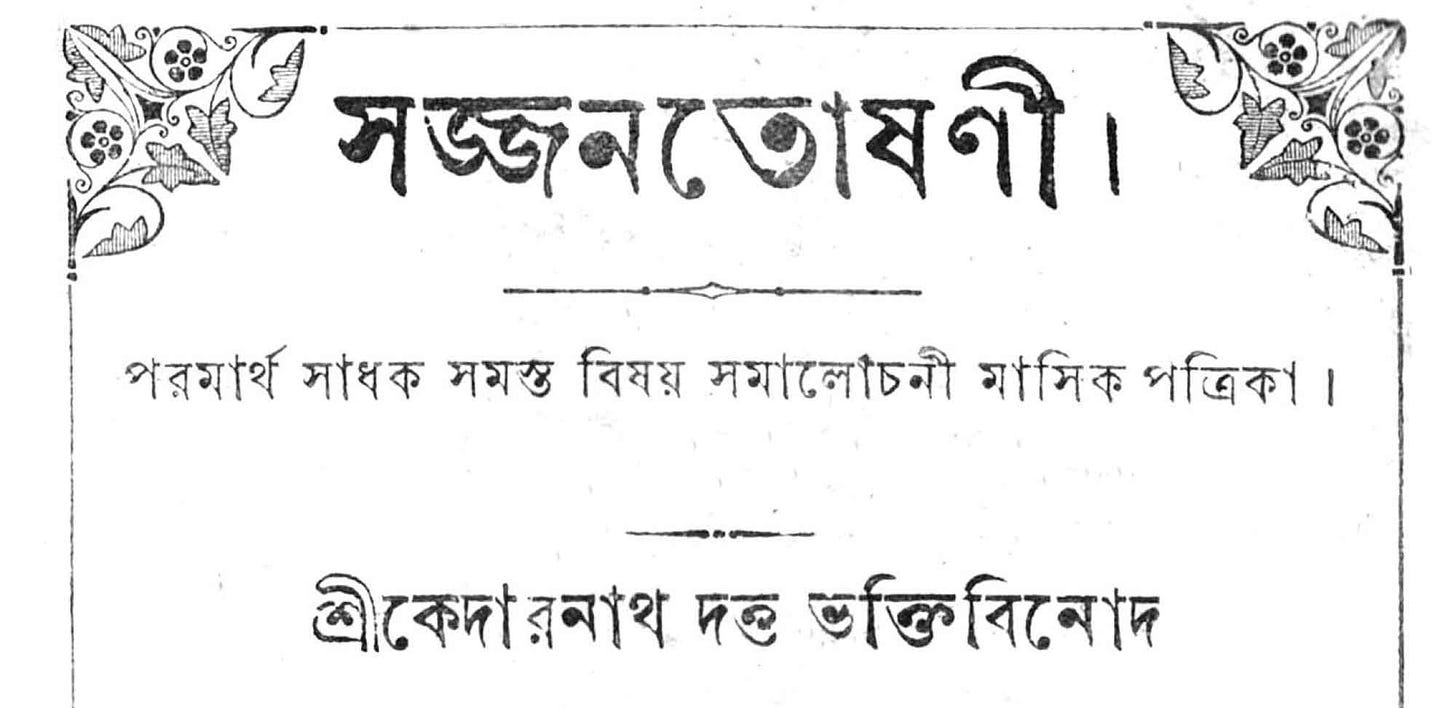
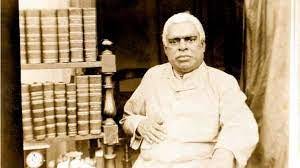
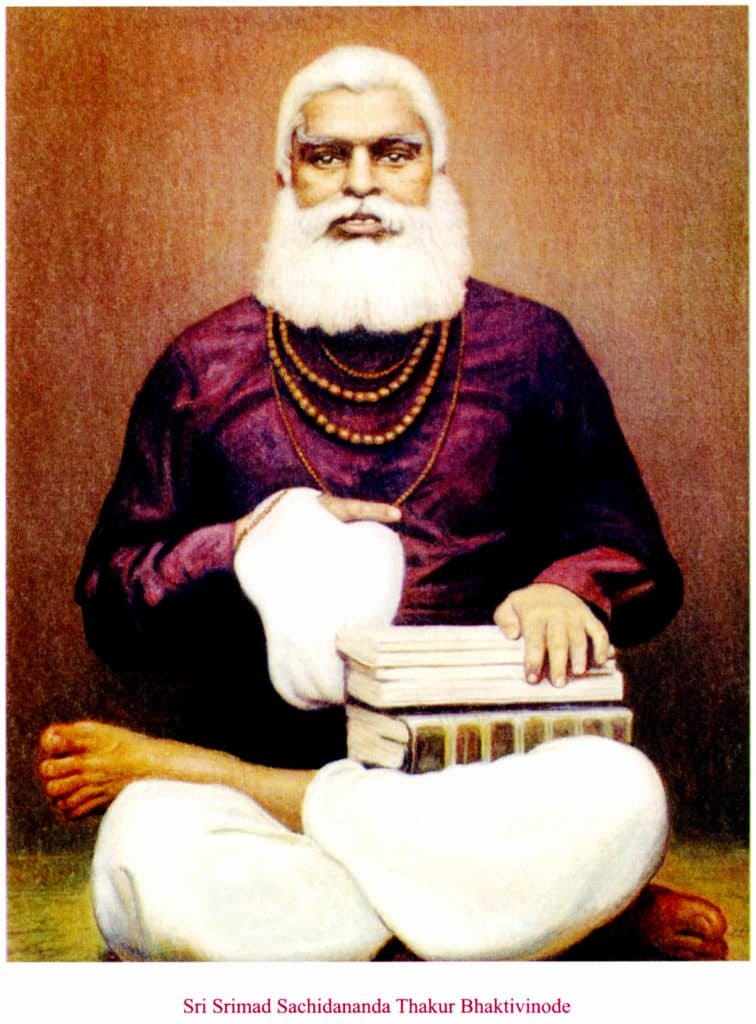
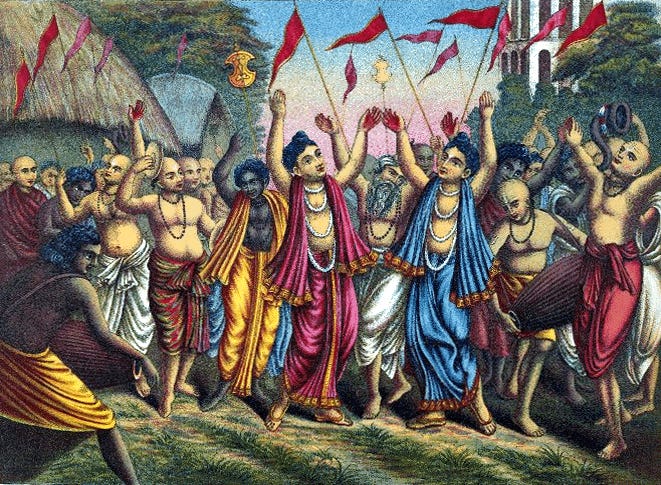
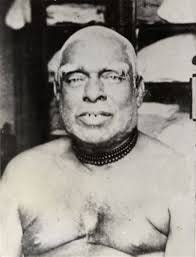
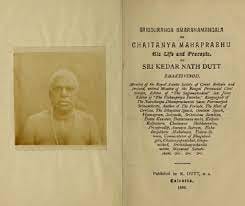

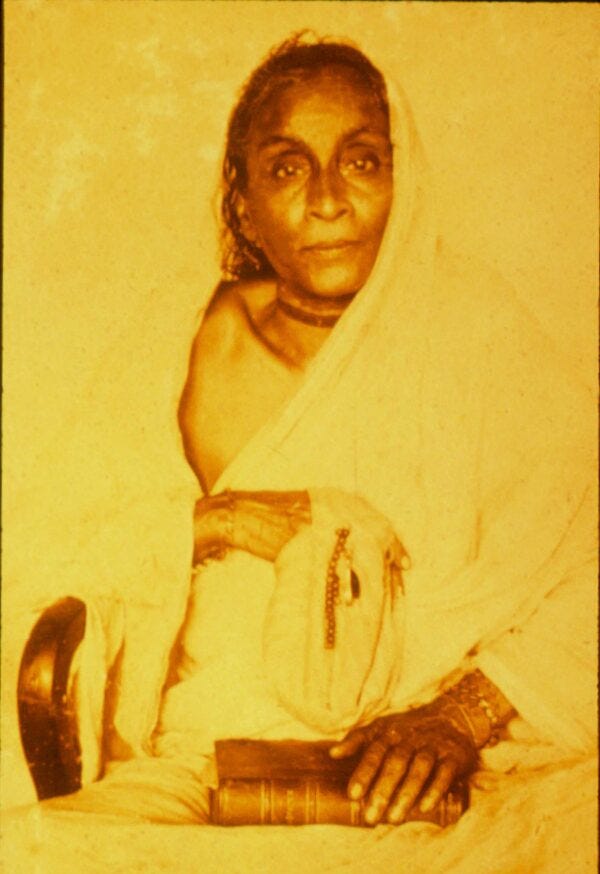
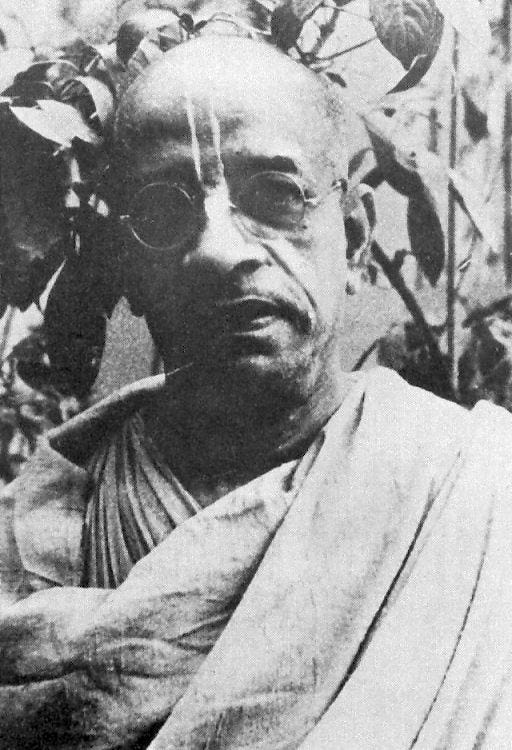

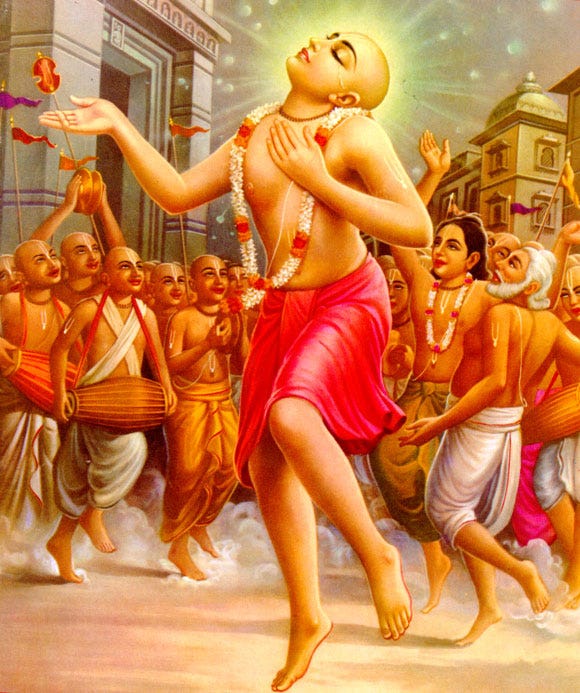
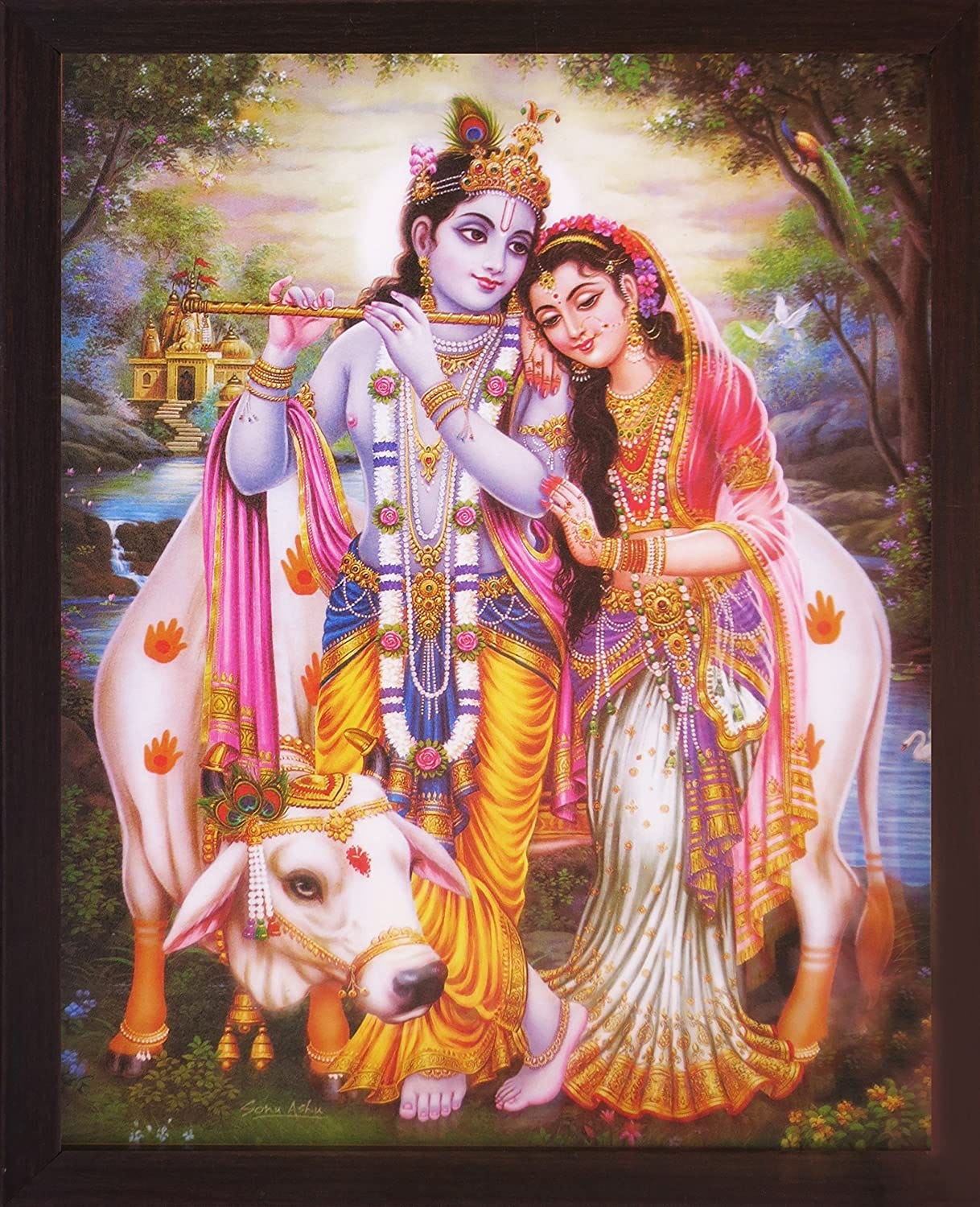
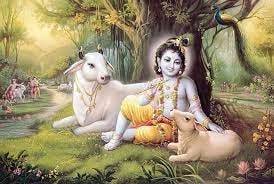

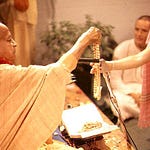
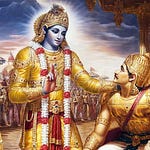
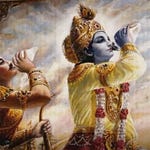
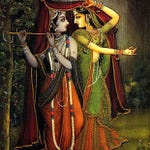
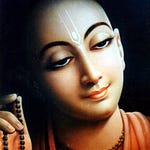
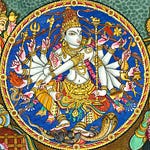

Share this post